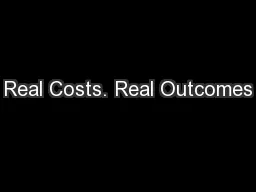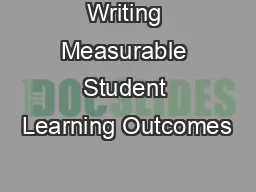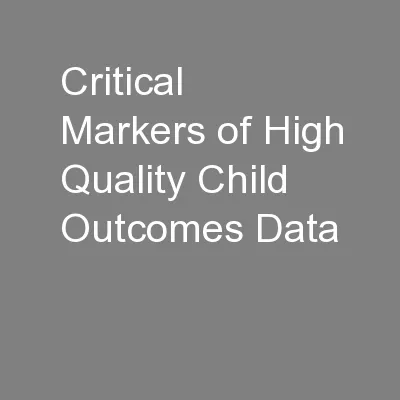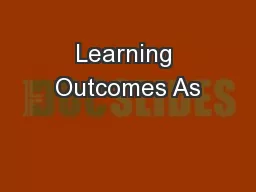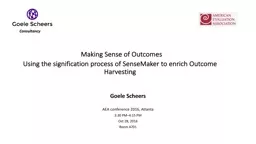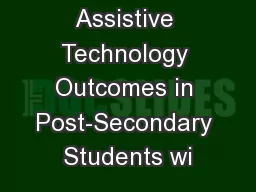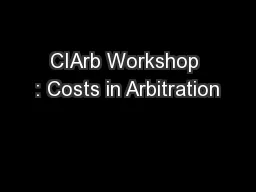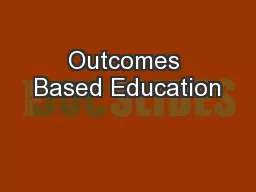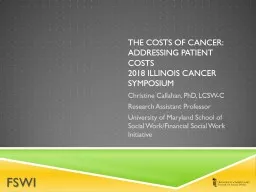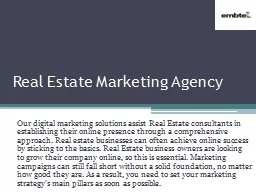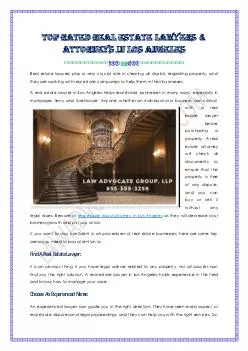PPT-Real Costs. Real Outcomes
Author : lois-ondreau | Published Date : 2018-11-22
with David Greco Pacific Ballroom February 5 2016 845am 1015am REAL COST REAL OUTCOMES David Greco Project Director Real Cost Project wwwrealcostprojectorg 2 The
Presentation Embed Code
Download Presentation
Download Presentation The PPT/PDF document "Real Costs. Real Outcomes" is the property of its rightful owner. Permission is granted to download and print the materials on this website for personal, non-commercial use only, and to display it on your personal computer provided you do not modify the materials and that you retain all copyright notices contained in the materials. By downloading content from our website, you accept the terms of this agreement.
Real Costs. Real Outcomes: Transcript
Download Rules Of Document
"Real Costs. Real Outcomes"The content belongs to its owner. You may download and print it for personal use, without modification, and keep all copyright notices. By downloading, you agree to these terms.
Related Documents

